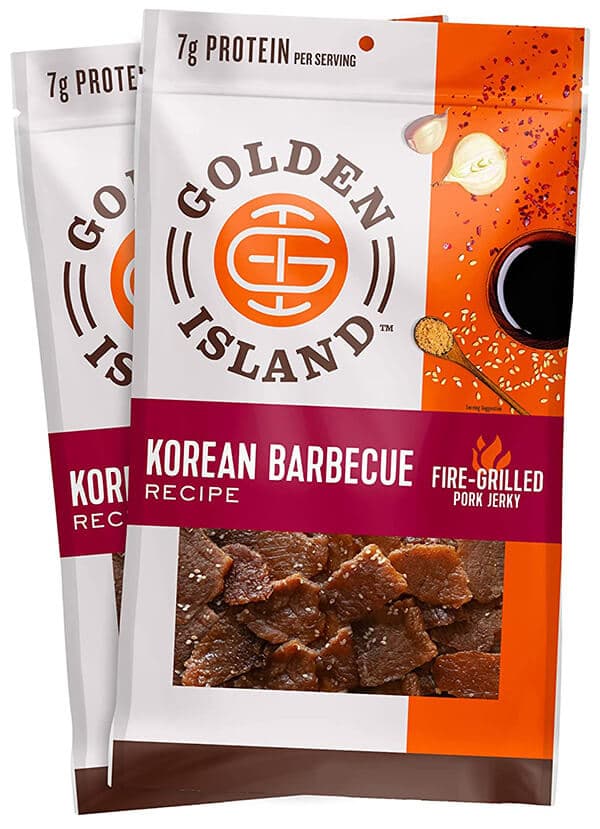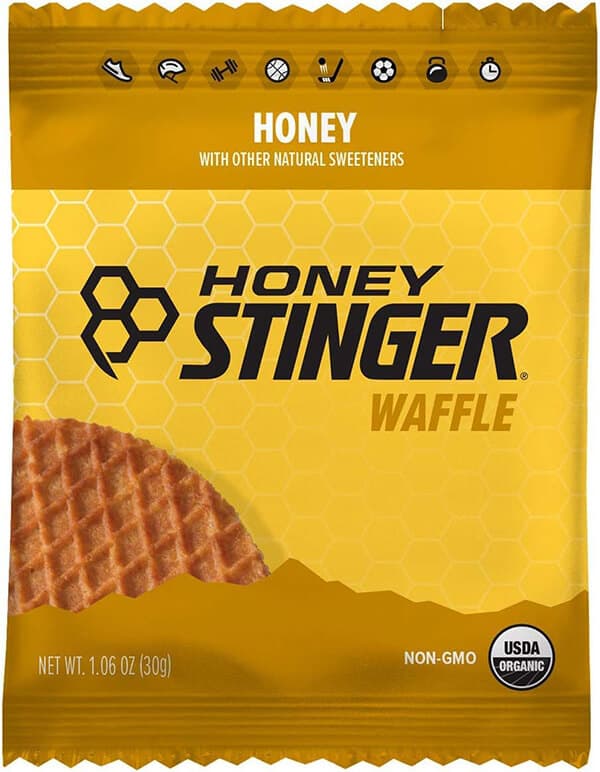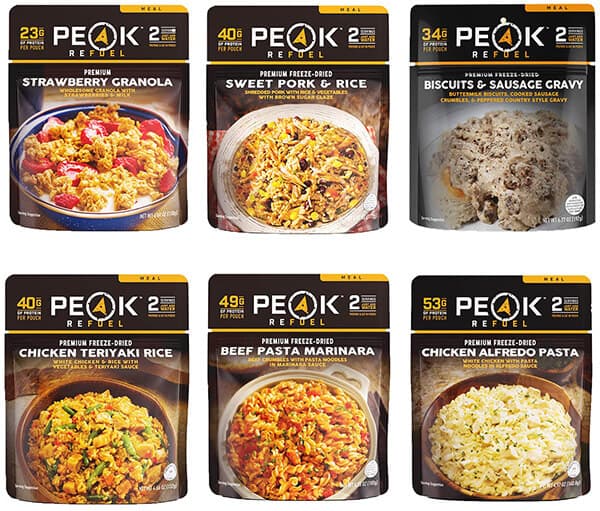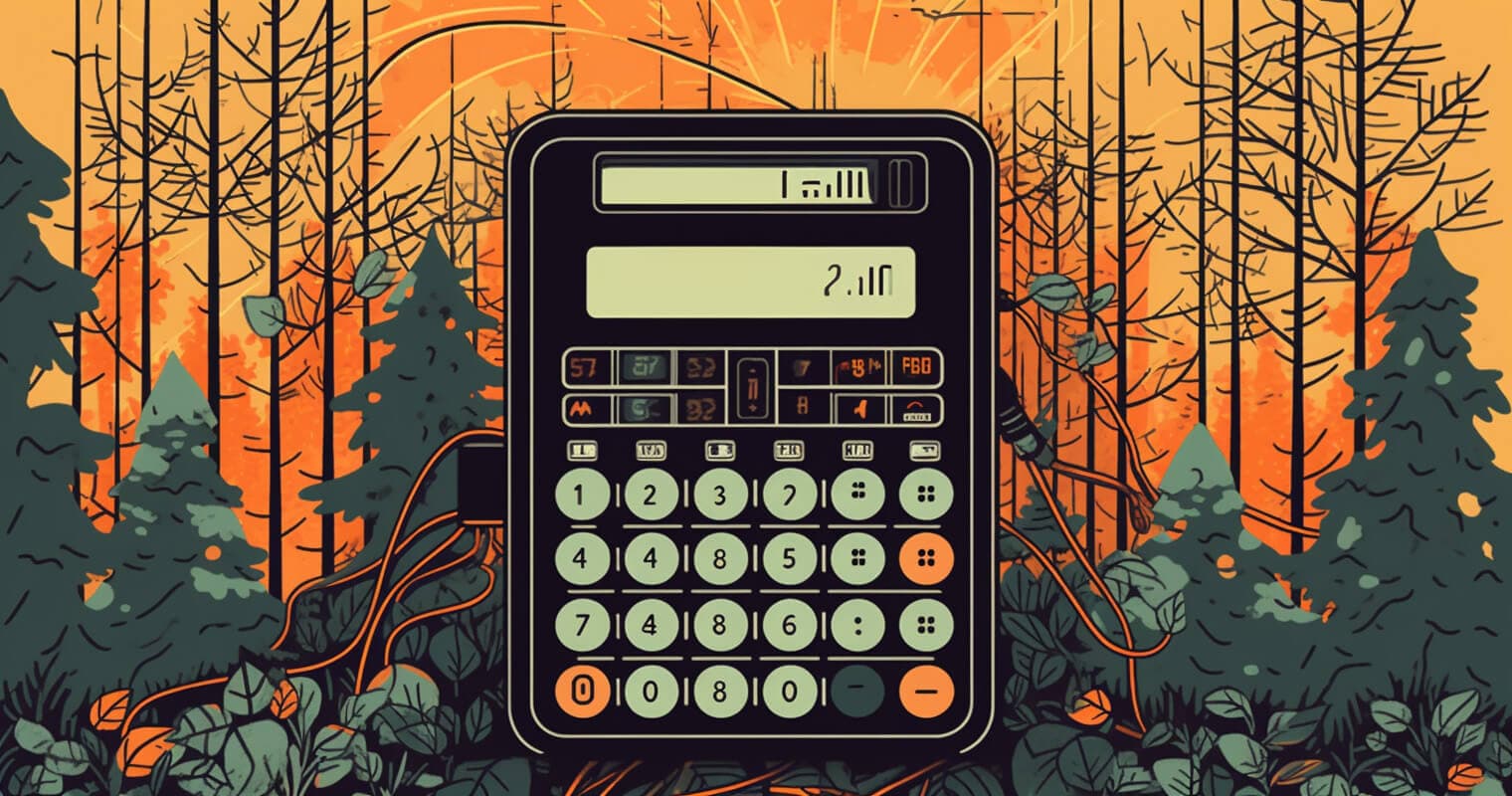Hiking Nutrition: Fueling for Optimal Performance

Embarking on a hiking adventure is an exhilarating way to connect with nature, test your endurance, and experience breathtaking landscapes. However, the success of your journey hinges not only on your physical preparation and gear but also significantly on your nutrition. Understanding how to fuel your body optimally can transform your hiking experience, boosting your performance, enhancing your recovery, and even elevating your mood.
In this article, we delve into the world of hiking nutrition, aiming to equip you with the knowledge and tips you need to fuel your body efficiently for your adventures on the trail. Let’s begin this journey towards achieving optimal performance with the right nutrition strategy.
Table of Contents
- Understanding Nutrition Basics
- Hiking and Energy Expenditure
- Pre-Hike Nutrition
- Nutrition During the Hike
- Post-Hike Recovery Nutrition
- Meal and Snack Ideas
- Conclusion
Understanding Nutrition Basics
For any hiker, a fundamental understanding of basic nutrition concepts is a key starting point for achieving optimal performance on the trail. This knowledge not only fuels your body to function at its best, but it also aids in effective recovery post-hiking.
Nutrition encompasses three macronutrients vital for our body’s functionality: carbohydrates, proteins, and fats. Each of these plays a unique role in providing energy and maintaining overall health.
Carbohydrates are your body’s primary energy source. They break down into glucose, fueling your muscles and brain during high-intensity activities, such as hiking. The majority of your calories are going to come from carbohydrates, somewhere between 45-65% in fact.
Proteins are essential for the repair and building of body tissues, especially crucial after a strenuous hike when muscle recovery is needed. Proteins also provide a secondary source of energy when carbohydrate stores deplete. A slight uptick in protein is necessary when you are hiking up more steep elevation, as your legs are going to be doing some serious work. Our Hiking Calculator suggest anywhere from 0.5-1.4 grams of protein per-pound of body weight, depending on your fitness level and elevation change during your hike.
Fats serve as a concentrated source of energy, offering more than twice the calories per gram compared to carbs and proteins. They are vital for low-to-moderate intensity activities and help in the absorption of certain vitamins. During a long through hike, a slight uptick in fat would be a good idea for slow burning and long-lasting energy.
In addition to macronutrients, our bodies need micronutrients—vitamins and minerals—for proper cell function and to support our immune system, particularly crucial when spending time in the great outdoors.
Hydration is another essential aspect of hiking nutrition. Water assists in nutrient transportation, digestion, body temperature regulation, and joint lubrication. Dehydration during a hike can lead to fatigue, dizziness, and more severe health issues.
Understanding these nutrition basics provides the foundation for effective meal planning, ensuring you have the right balance of nutrients to power your hiking adventures. The next sections will delve deeper into how to apply this knowledge for optimal hiking performance.
Hiking and Energy Expenditure
When planning nutrition for hiking, one must understand that the energy expenditure during a hike is significantly higher than in a regular day. Hiking involves carrying a backpack, ascending and descending trails, navigating rough terrains, and sometimes even combating extreme weather conditions. Each of these aspects contributes to an elevated caloric burn.
A key concept here is Metabolic Equivalent of Task (MET), a measure of the energy cost of physical activities. Regular walking has a MET value of around 2.5, but hiking ranges from 6 to upwards of 10, depending on the hike’s difficulty. This higher MET value translates to greater energy and, hence, caloric requirements.
The intensity and duration of the hike, the weight of your backpack, the altitude, and your body weight and fitness level all affect how many calories you’ll burn on a hike. As a rule of thumb, you can estimate burning 300-600 calories per hour of hiking.
This heightened energy expenditure necessitates an increased caloric intake to match the demand, with a mix of carbohydrates, proteins, and fats to provide immediate energy and sustain you throughout the hike.
But simply consuming a greater volume of food is not the answer. Quality and timing matter too. Consuming nutrient-dense meals and snacks, timed correctly, can significantly improve your energy levels and overall hiking performance.
In the upcoming sections, we’ll provide practical strategies for fueling your hikes effectively, focusing on the right type and timing of nutrients.
Pre-Hike Nutrition
Your nutrition strategy should start even before you step onto the trail. The meals you consume in the days leading up to your hike, and particularly the meal right before your hike, play a crucial role in preparing your body for the physical challenge ahead.
Days before the hike
In the days leading up to your hike, focus on consuming a balanced diet rich in complex carbohydrates, lean proteins, and healthy fats. The carbohydrates will help you top up your glycogen stores, which act as your primary fuel source during the initial stages of exercise. Proteins are necessary for muscle recovery and growth, while healthy fats provide a longer-term energy source.
The night before
Your dinner the night before should also be balanced and nutrient-rich, with a special emphasis on carbohydrates. A common option for hikers is a meal of whole-grain pasta with lean meat and vegetables. This meal gives you a hefty dose of slow-release carbohydrates for sustained energy and ample protein for muscle repair and growth.
The morning of
The meal right before your hike is your final opportunity to fuel up. This meal should be consumed 2-3 hours before starting your hike and should consist mainly of complex carbohydrates with some protein. This could be a bowl of oatmeal with nuts and fruit, or whole grain toast with avocado and a boiled egg. Avoid high-fat foods as they take longer to digest and may cause discomfort during the hike.
Hydration
Let’s not forget about hydration. Ensure you are well-hydrated in the days leading up to your hike, and start your hiking day with a glass of water or two. Dehydration can severely impact your energy levels and physical performance, so it’s essential to start your hike well-hydrated.
Keep in mind that everyone’s needs and tolerances are different, so you may need to experiment with different meals and timings to find what works best for you. Always listen to your body and adjust your pre-hike nutrition strategy accordingly. Up next, we’ll cover what to eat during your hike to maintain optimal energy levels.
Nutrition During the Hike
As you venture into the great outdoors, having the right nutrients in your backpack can be as crucial as having the right gear. Your body burns a significant amount of calories during a hike, and those calories need to be replenished to keep you moving, alert, and healthy.
Regular Intake
First and foremost, aim for regular intake of food. Rather than having one or two large meals, it’s better to eat small amounts every 1-2 hours, and aim for 200-300 calories per hour. For a more challenging hike, featuring steeper inclines, difficult terrain, or additional obstacles, target a nutritional intake around 300 calories per hour. This approach helps maintain a steady blood sugar level, providing continuous energy and reducing fatigue. Have snacks easily accessible, you don’t want to be digging around your pack for food on a break.
Balanced Nutrition
Next, ensure your trail snacks and meals provide a balance of carbohydrates, proteins, and fats. Carbohydrates, especially those from whole grain sources, fruits, or energy bars, can be quickly utilized for immediate energy. Protein, like jerky or nuts, is important for muscle recovery. Healthy fats from nuts or seeds can provide longer-lasting energy.
Energy-Dense Foods
Because you’re carrying your food, you’ll want to choose energy-dense options to minimize weight. Consider foods like trail mix, nut butter, dried fruit, and cheese. A good hiking meal might be a whole grain wrap with nut butter and banana, or trail mix with nuts, seeds, dried fruit, and a little dark chocolate. But this is highly dependent on if this is a day-hike or you’re backpacking, which would mean the best option for meals is going to be a freeze-dried lightweight option while snacks typically will remain the same regardless of the type of hike. In my experience a good trail mix, jerky, protein cookie, and some pop tarts will always make their way into my pack.
Hydration
Hydration, as always, is key. Carry sufficient water and remember to drink before you feel thirsty. Consider using a hydration bladder for easy access to water. If you’re hiking for more than an hour, it’s also a good idea to replenish electrolytes. This can be achieved through a sports drink or through foods like bananas and salty nuts.
Adjusting for Length and Intensity
Remember, the length and intensity of your hike will greatly affect your nutritional needs. Longer, more strenuous hikes will require more calories and increased electrolyte replenishment. Always plan and pack your food according to the specific demands of your hike.
The right nutrition can significantly enhance your hiking performance and enjoyment. Let’s move on to post-hike nutrition in the next section, a critical part of your recovery process.
Post-Hike Recovery Nutrition
Fueling your body doesn’t stop when you reach the end of the trail. The post-hike period is crucial for restoring energy reserves and facilitating muscle recovery, both of which are fundamental for your future hiking endeavors.
Your post-hike meal should be consumed as soon as possible, ideally within 45 minutes after finishing your hike. This meal should consist of proteins and carbohydrates. Proteins are essential for repairing damaged muscle tissue and promoting muscle growth. Meanwhile, carbohydrates help replenish your body’s depleted glycogen stores.
Consider a ratio of 3:1 carbohydrates to protein for this meal. Examples could include a whole grain wrap with lean meats, or a protein shake with a piece of fruit. Hydration is also key - remember to replace lost fluids by drinking water or an electrolyte-rich beverage using some tablets or through a gel form. In addition to electrolytes consider adding a lactate pill like Sports Legs throughout your hike to prevent cramps and aid in muscle recovery.
Supplementing with antioxidants, such as Vitamins C and E, or consuming antioxidant-rich foods like dried berries, can also aid in reducing inflammation and speeding up the recovery process.
By giving your body the right nutrients after your hike, you’ll ensure a quicker recovery, reduce muscle soreness, and prepare your body for your next outdoor adventure or tomorrow’s hike.
Meal and Snack Ideas
The theory of nutrition is vital, but what does this look like in practice? When backpacking, you’re working with limited resources and carrying capacity, so every meal and snack must pack a nutritional punch. Here are some practical ideas designed with backpackers in mind.
Pre-Hike Meals
- Instant oatmeal with powdered milk and dried fruits: It’s lightweight, easy to pack, and offers slow-release energy from the oats, protein from the milk, and quick energy from the dried fruits.
- Whole grain crackers with shelf-stable cheese and salami: This combination provides a good balance of carbohydrates, fats, and proteins to start your day.
Snacks During the Hike
- Trail mix: It’s lightweight, calorie-dense, and requires no cooking. Customize with your favorite nuts, seeds, dried fruits, and a bit of dark chocolate for energy.
- Jerky: It’s a source of lightweight, non-perishable protein. Opt for versions with lower sodium content to prevent excessive thirst on the trail. My personal favorite is the Golden Island Korean Barbecue Pork Jerky, it’s absolutely delicious.

Golden Island Korean Barbecue Pork Jerky, 18oz
Top Pick
4.6 out of 5
Two 9oz packages, 18 Ounces, and 1440 calories total. With 7 grams of protein and 80 calories per serving, Golden Island Pork Jerky is the perfect protein snack to fuel your day. The 9 ounce bags are resealable snack bags, so your jerky will always be fresh.
Gluten Free. No Nitrites. No Artificial Ingredients. Product of USA
- Energy or granola bars: These are portable, convenient, and offer a good mix of carbohydrates, proteins, and fats. Choose options with natural ingredients and low added sugars. However, sometimes you just want a little sugar and my go-to is the Honey Stinger Organic Honey Waffle, it almost always comes with me on my trips.

Honey Stinger Organic Honey Waffle - 16ct
Top Pick
4.6 out of 5
Box of 16 Waffles, 16.96 Ounces, and 2400 calories total. The Honey waffle has a thin layer of honey-infused filling sandwiched between two thin waffles. The perfect combo of gooey filling and crispy waffle, it’s the fuel you’ll crave while on-the-go!
Backpacking Dinners
- Freeze-dried meals: Nowadays, there are numerous delicious and nutritious freeze-dried meals designed specifically for backpackers. They are lightweight and require only boiling water to prepare. Our preferred choice are the meals from Peak Refuel, which are high in real protein, not TVP or any other filler.

Peak Refuel Variety 6 Pack
Top Pick
4.6 out of 5
Loaded with the protein your body needs to recover from a long day on the trail. Peak Refuel never uses TVP or other filler and is our go-to choice when backpacking.
- Instant noodles or pasta with a pouch of tuna or salmon: This combination offers quick-cooking carbs and protein. You can also add a spoonful of olive oil for extra calories and healthy fats.
The goal is to consume nutrient-dense foods that are lightweight, easy to prepare, and provide the energy you need for successful backpacking adventures.
Post-Hike Recovery
- Grilled chicken with quinoa and veggies: This meal provides high-quality protein (chicken), complex carbs (quinoa), and a variety of vitamins and minerals (veggies).
- Protein smoothie with fruits: Easy to digest, this will give you an immediate dose of protein for muscle recovery and carbohydrates to replenish energy reserves.
Remember, these are just ideas and can be adjusted to suit personal dietary requirements and preferences. The key is to focus on whole foods, balanced nutrients, and regular hydration to ensure your body is well-fueled for the demands of hiking.
Conclusion
Understanding the integral role that nutrition plays in your hiking performance can revolutionize your outdoor experiences. It’s not just about the amount of food you pack; the quality, type, and timing of your nutrition significantly influence your energy levels, endurance, and overall well-being on the trail.
By applying the principles outlined in this guide, you can effectively fuel your body for optimal performance during your hikes. Remember, each person is unique, and you may need to tweak these guidelines based on your personal requirements and responses to different foods. Stay fueled, stay hydrated, and enjoy the empowering journey of backpacking with the right nutrition.
- Category:


